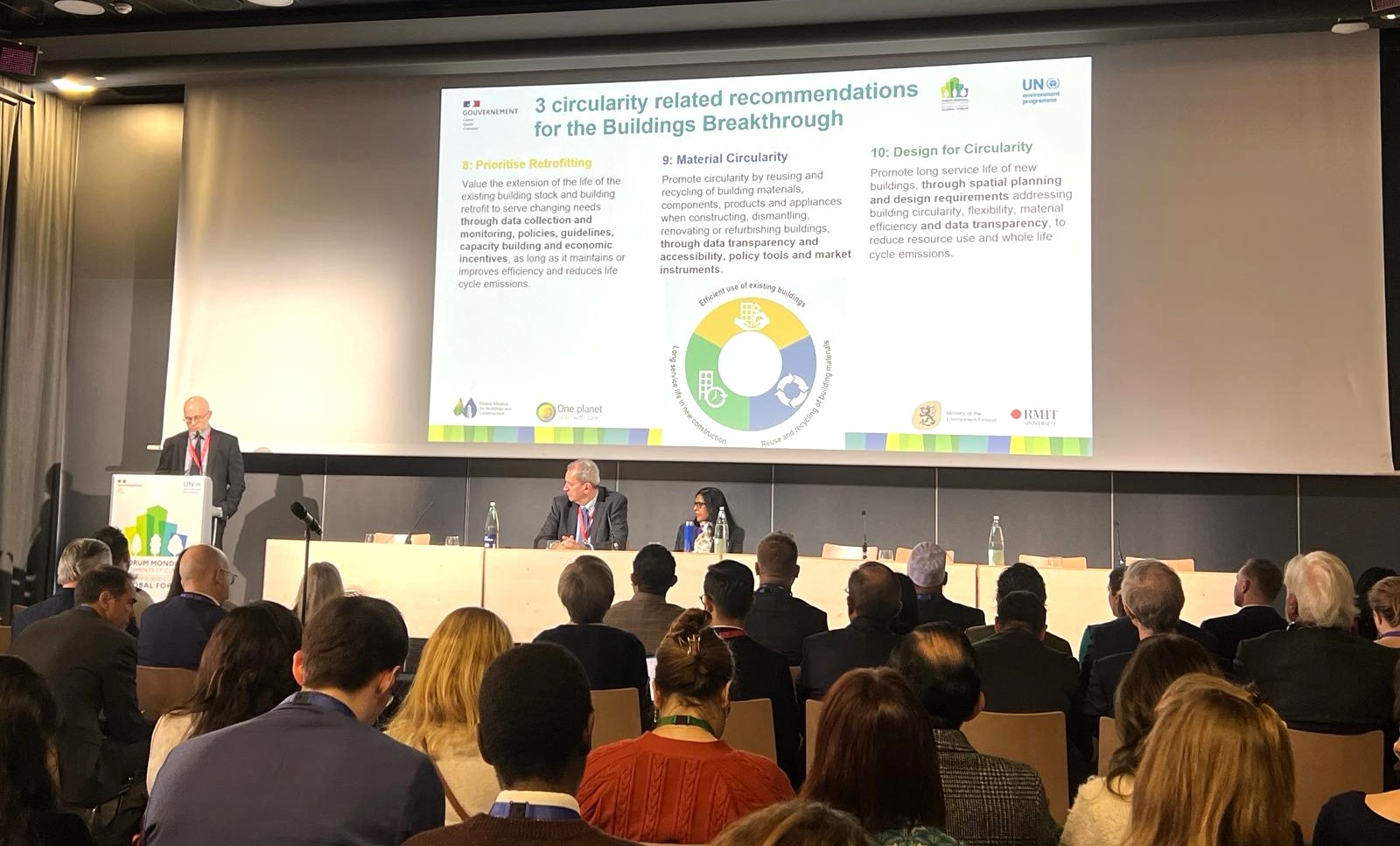Using the ReSOLVE framework for circularity in the building and construction industry in emerging markets
Circularity supports the move from linear to circular systems where more efficient,
zero waste systems are created by closing material inputs and loops. The design, maintenance,
manufacturing and use ensure virgin materials are no longer needed for day to day living. For
the built environment sector, building materials and its use underpins the trajectory of circularity
in the sector.
Improved building materials, increased standardization and appropriate storage and
transportation may reduce waste. Increased adaptability and multi-use spaces in buildings
support multiple occupants and end users. This paper focuses on understanding the requirements to move to a circular pathway for the building and construction sector in emerging markets, using secondary literature and case studies. The ReSOLVE framework developed by Arup and Ellen MacArthur Foundation consists of Regenerate, Share, Optimize, Loop, Virtualise and Exchange to support circularity in the built environment. Not just the building materials themselves and advanced techniques of construction, but also new business models are required so that the socioeconomic system may also support circularity approaches. Increased digitalisation also supports the adoption of circular opportunities. Emerging economies globally need to consider circular approaches to meet the current and future demands of climate change mitigation and adaptation.

